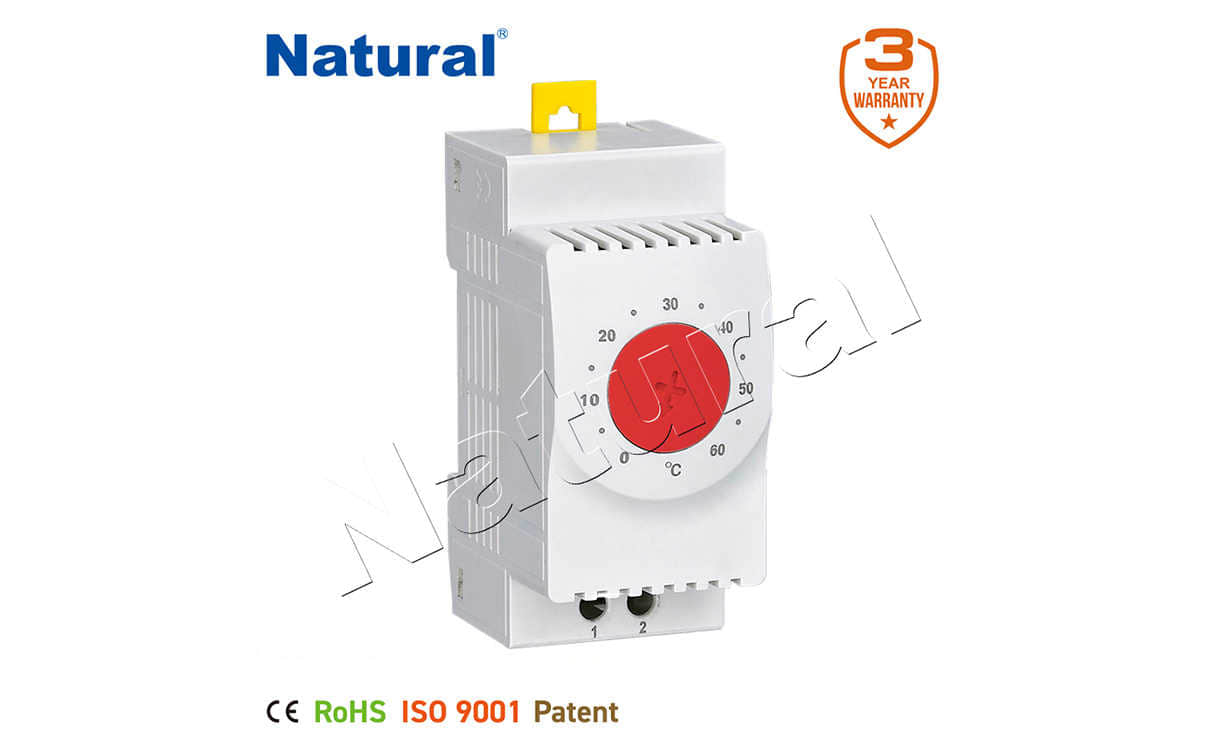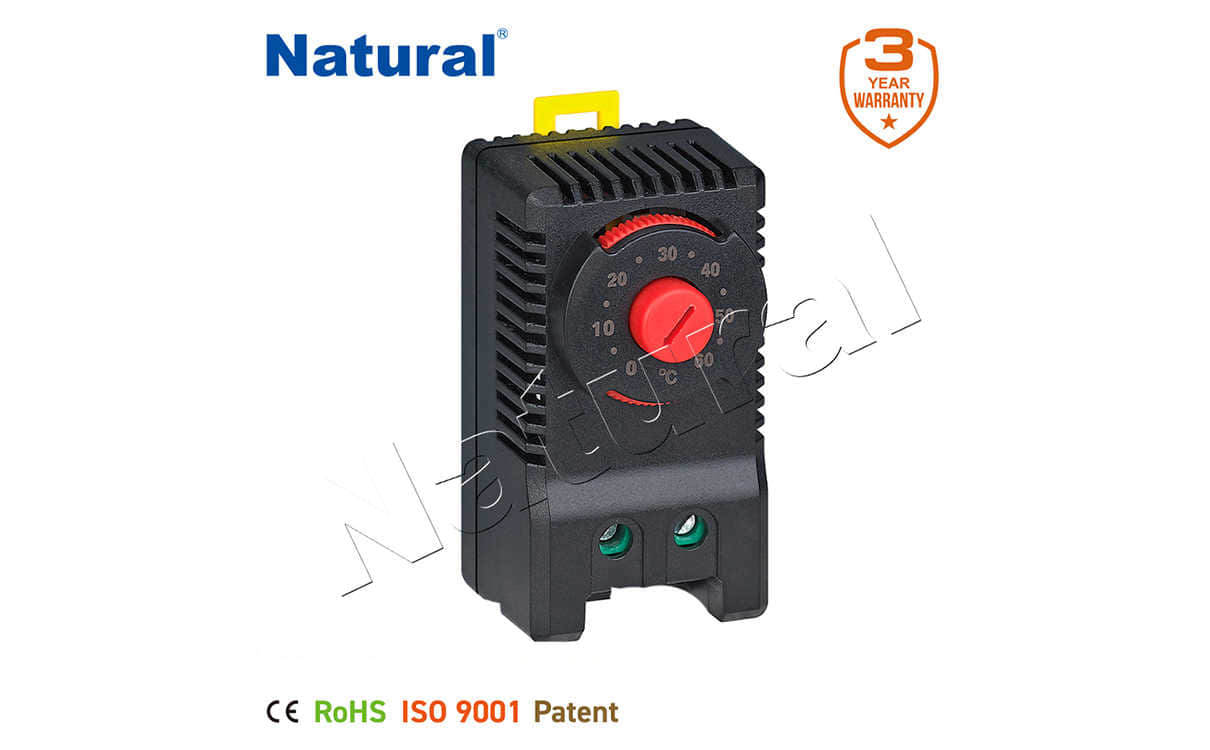 28 items Patent
28 items Patent
 28 items Patent
28 items Patent
 28 items Patent
28 items Patent

A thermostat regulator is an essential component of modern heating and cooling systems, playing a critical role in maintaining a comfortable indoor environment. It serves as the intermediary between the desired room temperature and the HVAC system, ensuring that the temperature remains consistent and within the range set by the user. Beyond just controlling temperature, thermostat regulators also contribute to energy efficiency and environmental sustainability. This article delves into the natural functionality of thermostat regulators, their types, and how they enhance both comfort and energy conservation.

At its core, a thermostat regulator works through a simple yet effective mechanism. The user sets the desired temperature, and the thermostat continuously monitors the ambient temperature of the room. If the room temperature deviates from the set point, the thermostat sends a signal to the heating or cooling system to either turn on or adjust its operation to return the room to the preferred temperature. This constant cycle of monitoring and adjusting ensures that the indoor climate is naturally comfortable without the need for constant manual intervention.
One of the most significant advantages of thermostat regulators is their ability to promote energy efficiency. In traditional systems without a thermostat, heating or cooling devices often run continuously, consuming excessive energy and driving up utility costs. Thermostat regulators, however, optimize energy use by only activating the HVAC system when necessary. This reduces the overall energy consumption of the home, leading to lower electricity bills and a smaller carbon footprint. Additionally, by avoiding overuse of the system, thermostat regulators help to prolong the lifespan of HVAC units, saving homeowners on maintenance and replacement costs in the long run.
